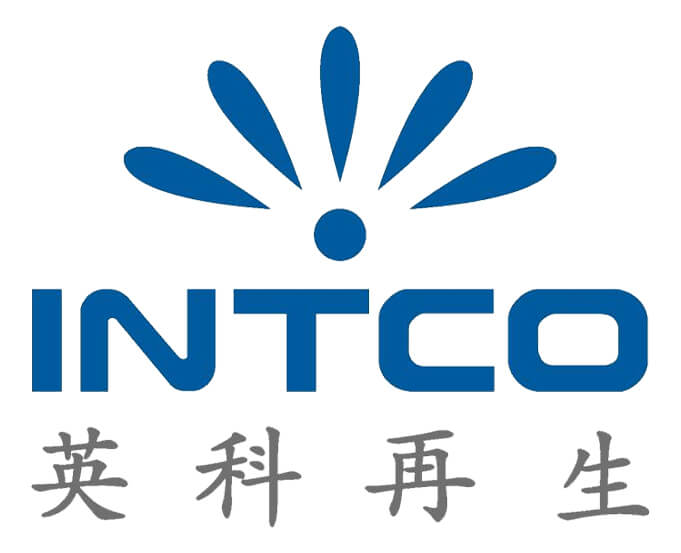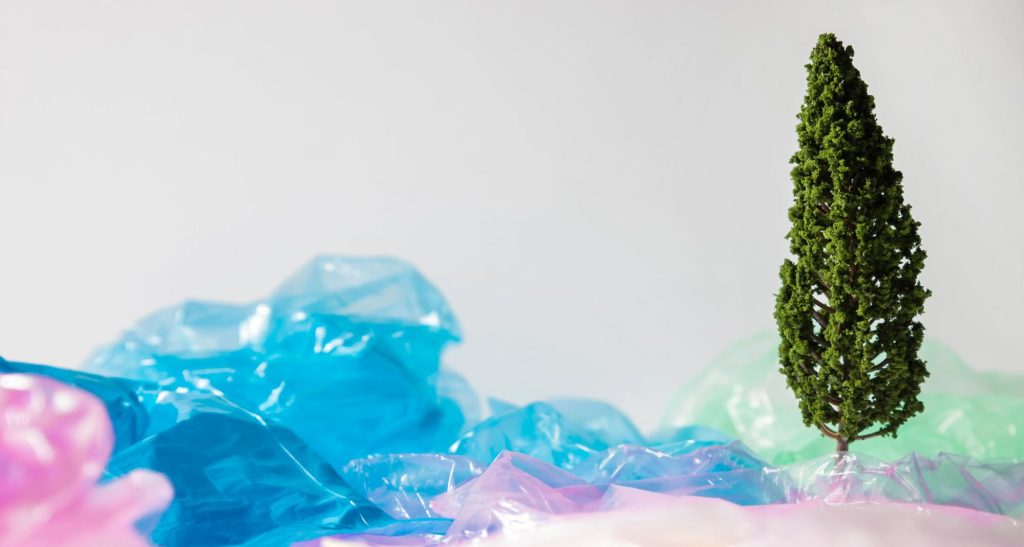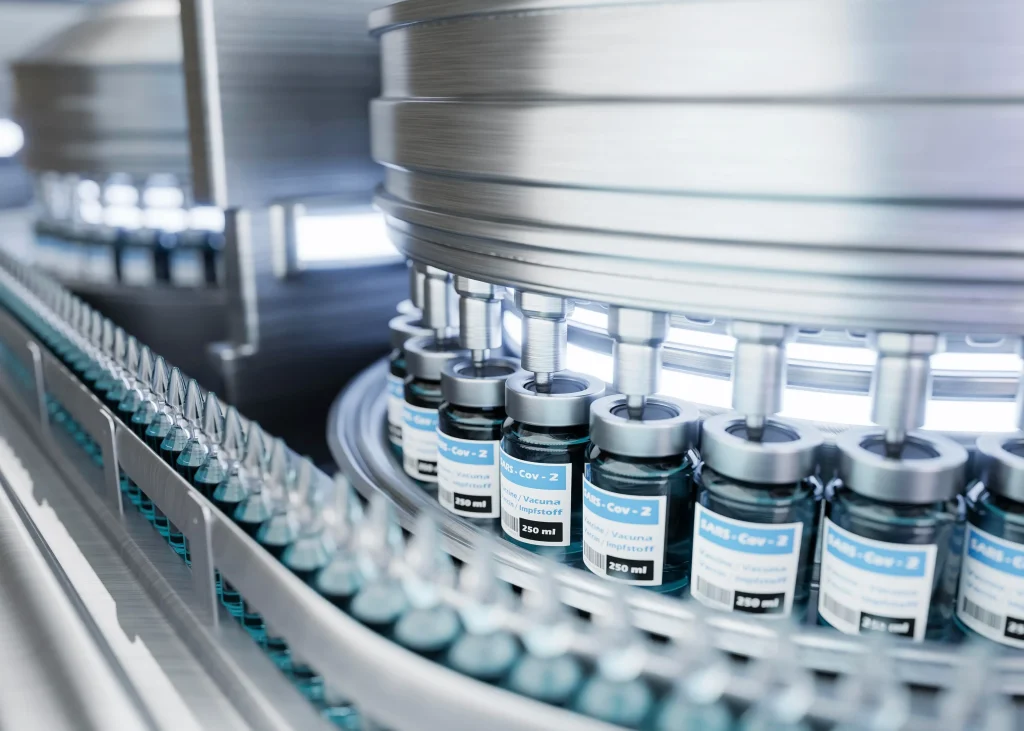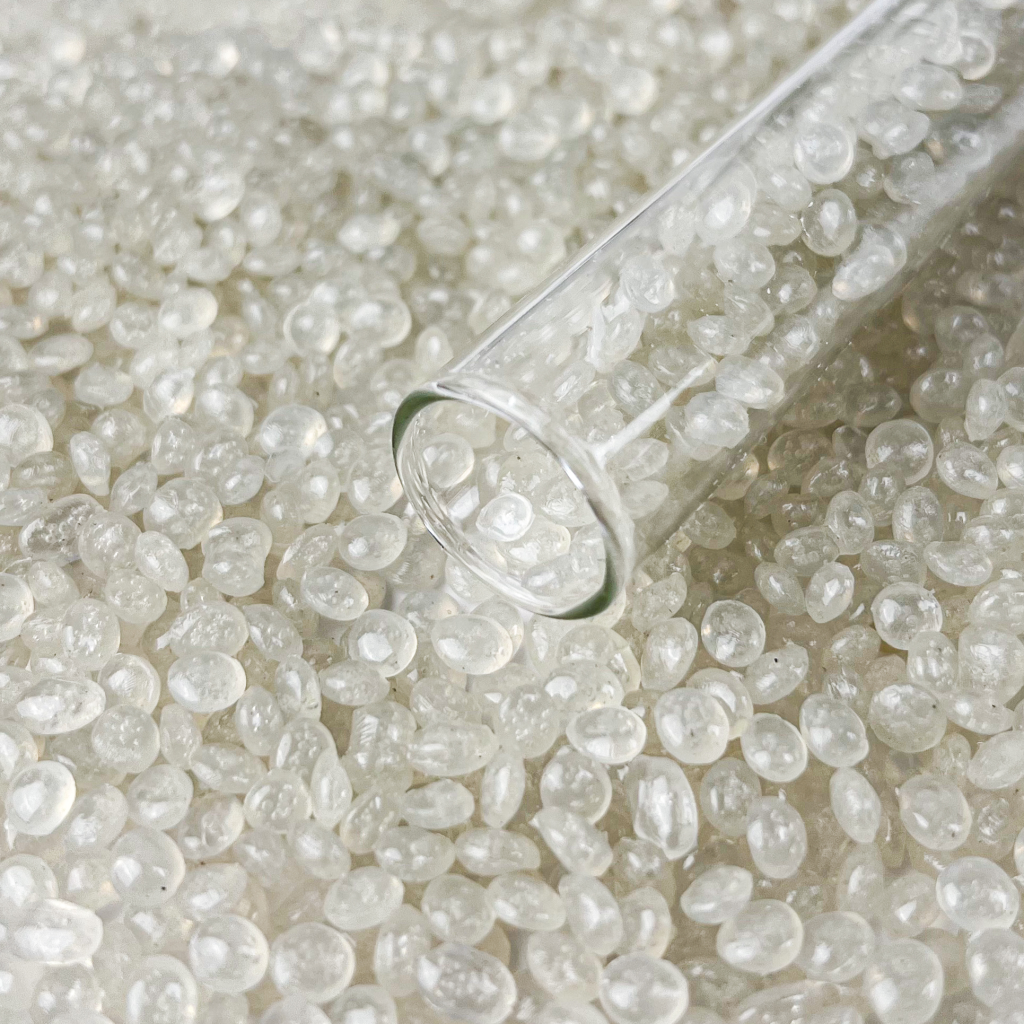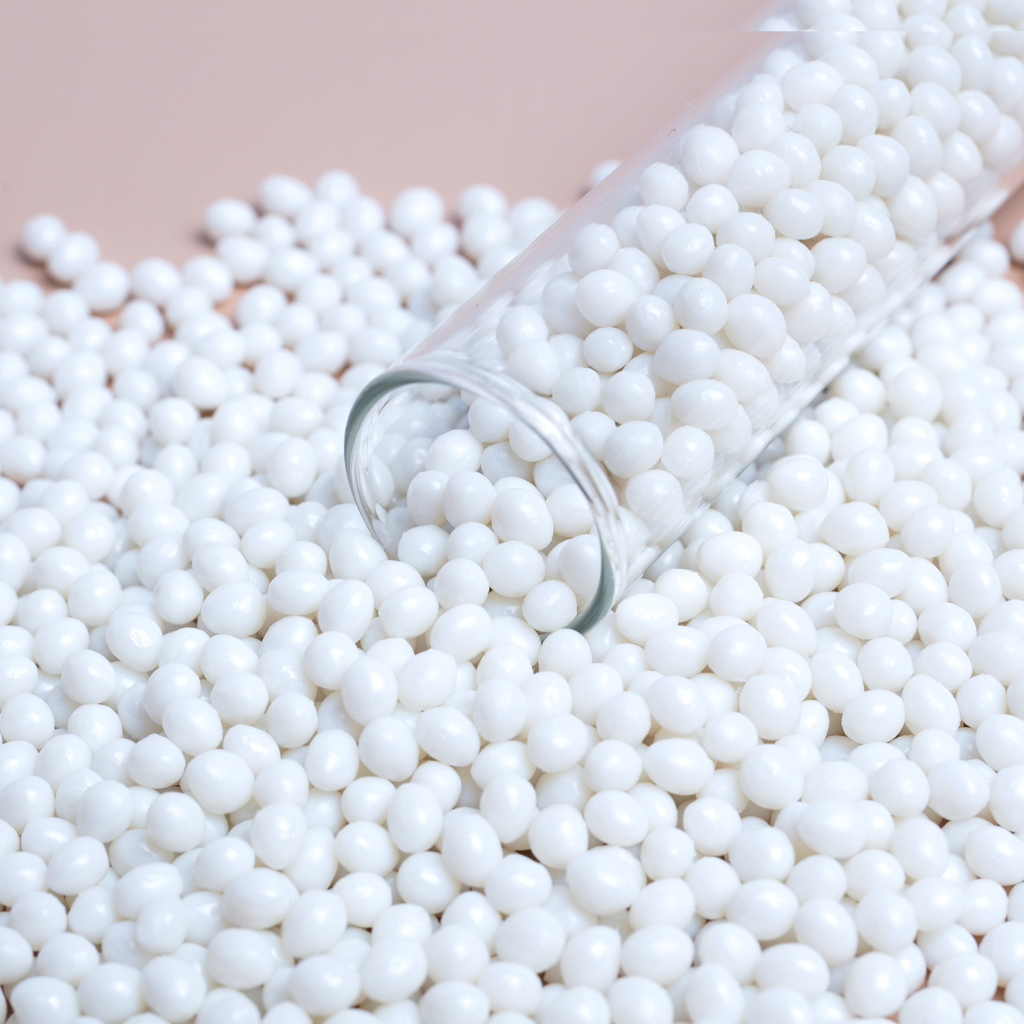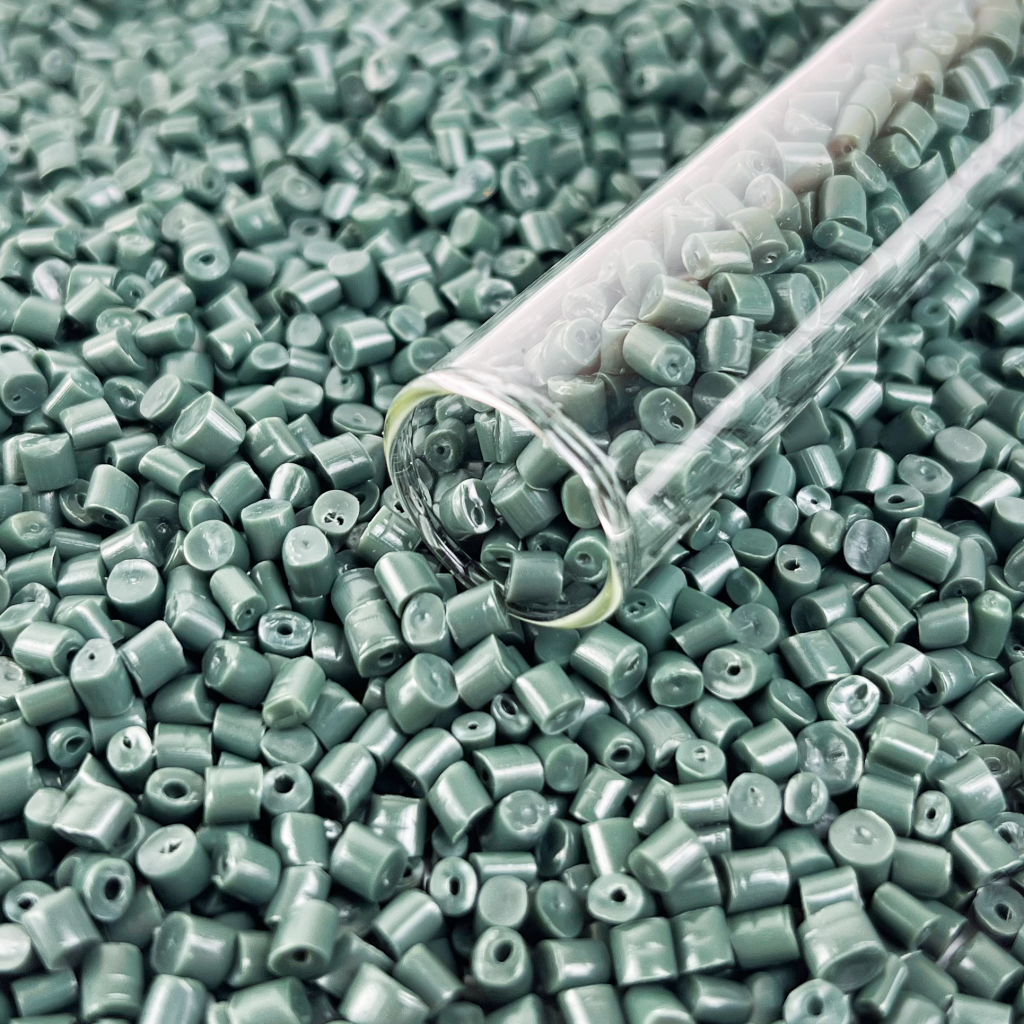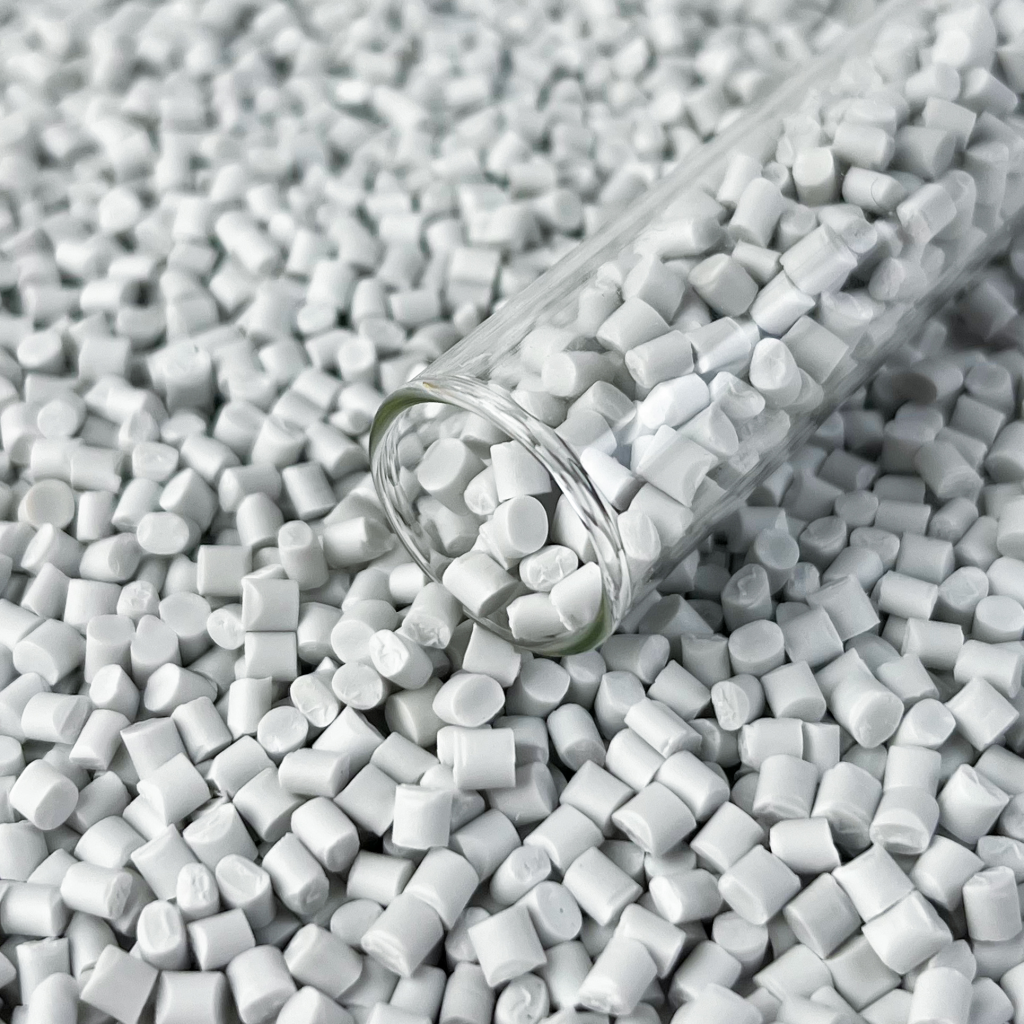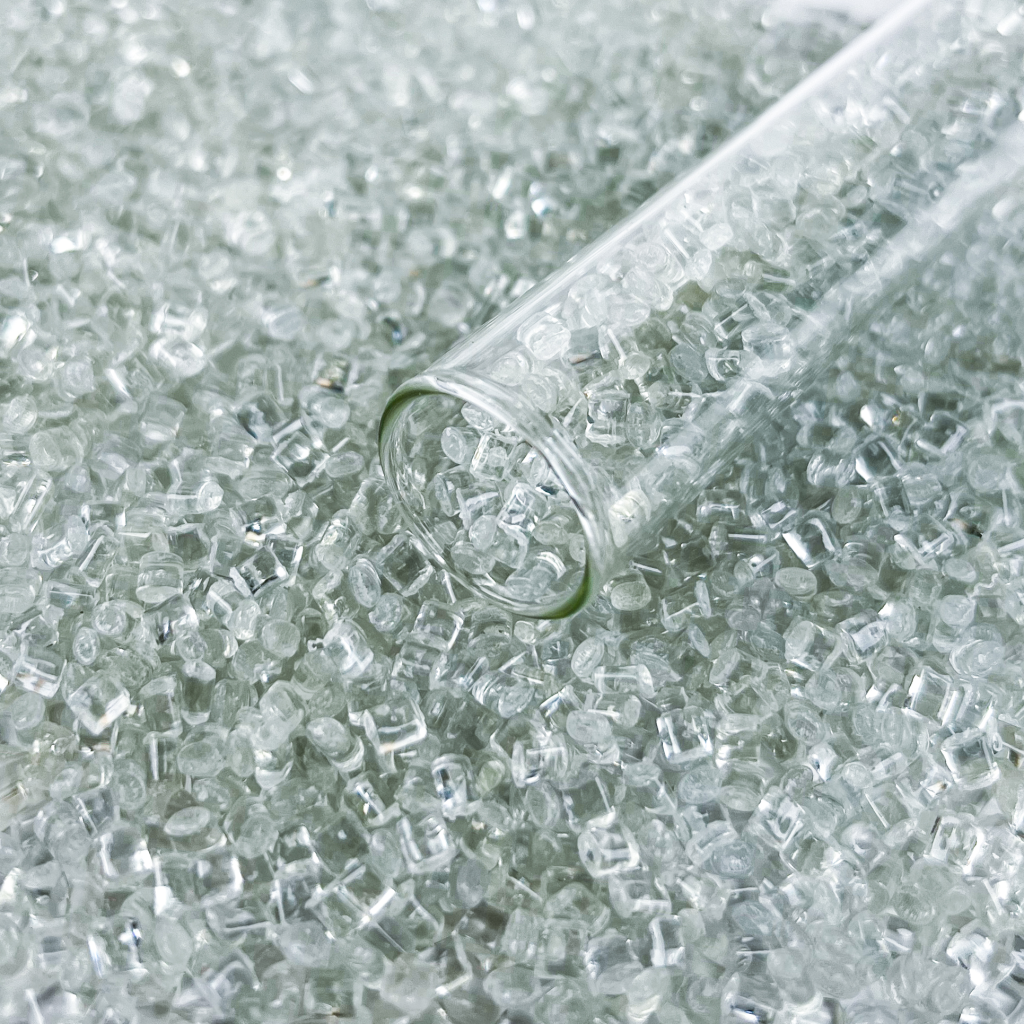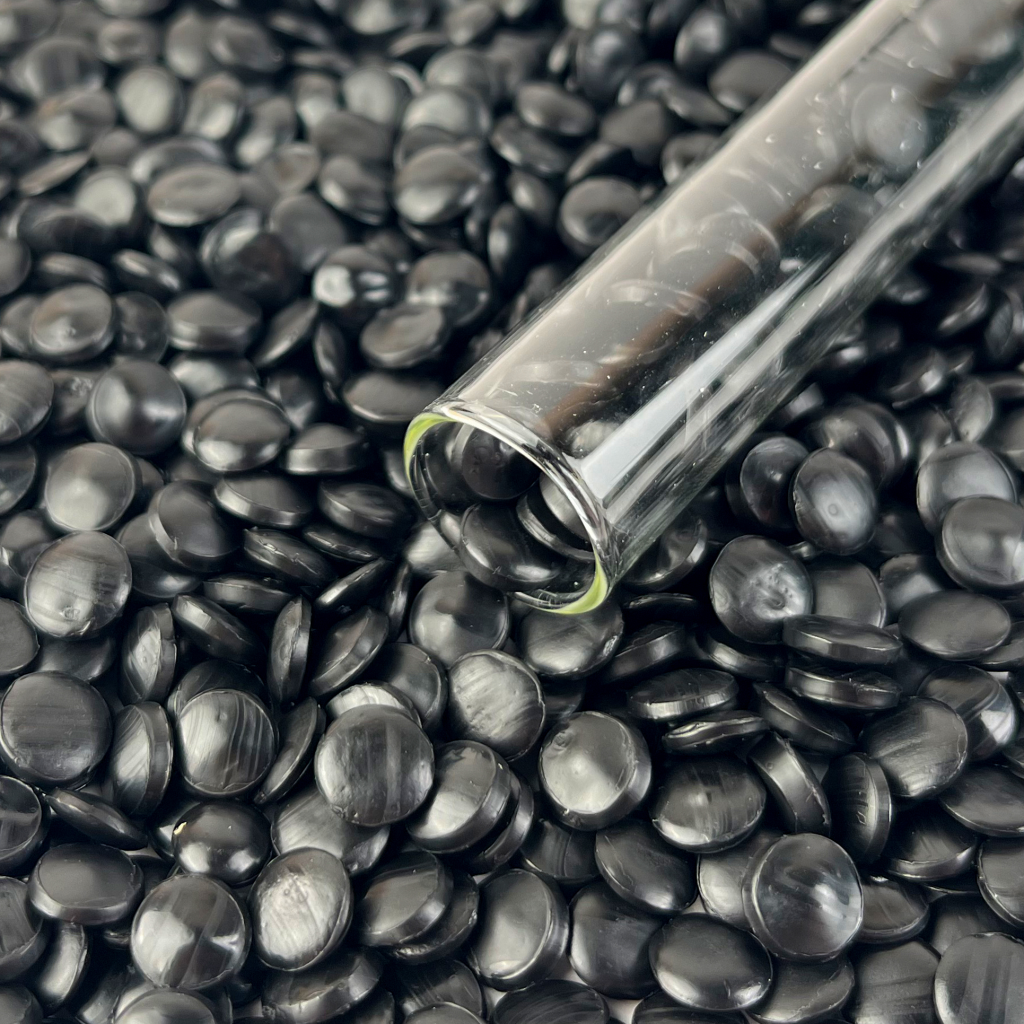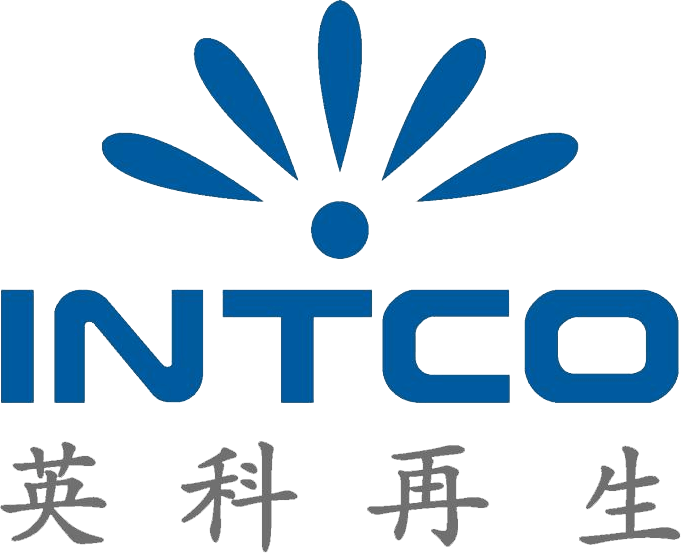The Global Plastic Crisis: Why Change is Needed
The world produces over 400 million tons of plastic annually, with only 9% successfully recycled. Traditional plastics have created an environmental catastrophe that demands immediate action.

1. The staggering numbers behind plastic waste
- 8 million tons of plastic enter oceans yearly (Ocean Conservancy)
- HDPE accounts for 28% of all plastic waste (EPA)
- Plastic packaging represents 40% of total plastic usage (National Geographic)
2. Environmental consequences of traditional plastics
- Takes 450+ years to decompose in landfills
- Releases methane and ethylene as it degrades
- Microplastics found in 90% of bottled water (WHO study)
Understanding rHDPE: A Sustainable Alternative
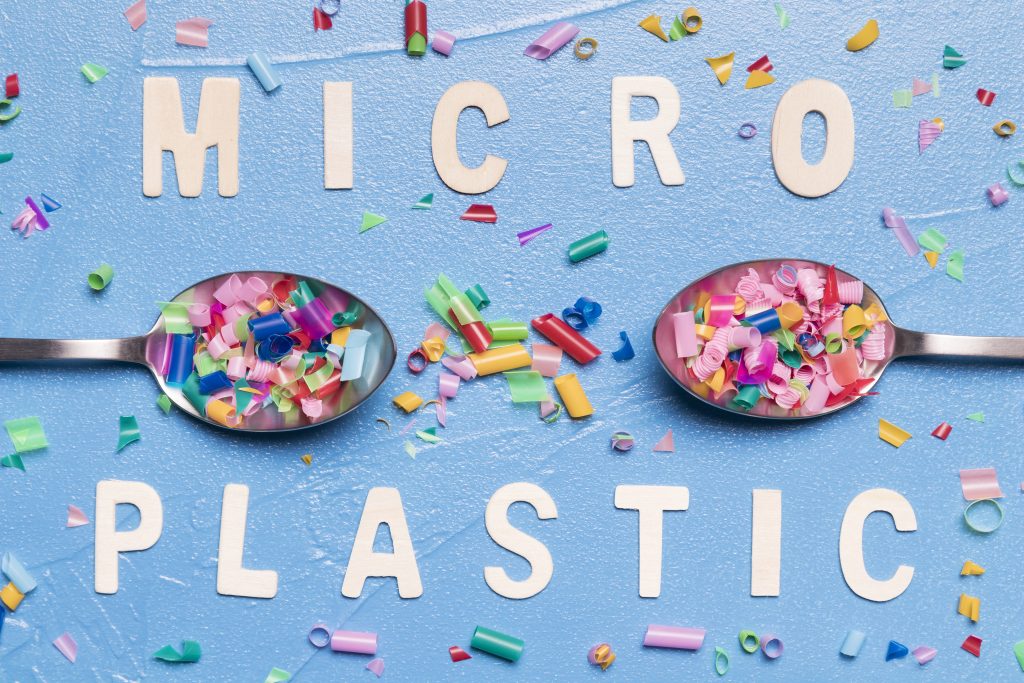
1. What exactly is rHDPE?
Recycled High-Density Polyethylene (rHDPE) is made from post-consumer and industrial HDPE waste. It maintains nearly identical properties to virgin HDPE while dramatically reducing environmental impact.
Key characteristics:
- Density: 0.941-0.965 g/cm³
- Melt flow index comparable to virgin HDPE
- Excellent chemical resistance
2. The rHDPE production process explained
The closed-loop recycling process:
- Collection and sorting of HDPE waste
- Washing and contaminant removal
- Shredding into flakes
- Extrusion and pelletization
- Quality testing and certification
rHDPE vs. Traditional Plastics: Environmental Impact
1. Carbon footprint comparison
| Material Type | CO2 Emissions (kg per kg) |
| Virgin HDPE | 1.75 |
| rHDPE | 0.85 |
| Reduction | 51% less emissions |
2. Energy and resource savings
- Requires 75% less energy to produce than virgin HDPE
- Saves 1.8 gallons of oil per pound of rHDPE produced
- Reduces water usage by 90% compared to virgin plastic
3. Waste reduction potential
- Each ton of rHDPE diverts 3 cubic yards from landfills
- Can be recycled 7-9 times without significant degradation
- Current recycling rate of 29% (vs. 9% overall plastic rate)
The Rising Demand for rHDPE in Packaging
1. Market growth and industry adoption
The global rHDPE market is projected to grow at 8.9% CAGR (2023-2030), reaching $12.7 billion by 2030 (Grand View Research). Key drivers:
- EU plastic packaging tax (€800/ton for non-recycled content)
- Corporate sustainability commitments (100+ Fortune 500 companies pledged to use 30% recycled content by 2025)
- Consumer preference (72% willing to pay more for sustainable packaging – Nielsen)
2. Key industries leading the transition
- Food & Beverage: Bottles, caps, and containers
- Cosmetics: Tubes, jars, and dispensers
- E-commerce: Protective packaging and mailers
- Healthcare: Medicine bottles and sterile packaging
Overcoming Challenges in rHDPE Adoption
1. Addressing quality concerns
Modern rHDPE meets strict quality standards:
- Melt Flow Rate: 0.1-50 g/10 min (ASTM D1238)
- Tensile Strength: 4,000 psi (comparable to virgin)
- FDA compliance for food contact applications
2. Cost considerations and ROI
While rHDPE costs 10-15% more than virgin HDPE, it offers:
- Tax incentives in 28 countries
- Brand premium potential (up to 7% price increase for sustainable packaging)
- Reduced ESG compliance costs
3. Supply chain reliability
The rHDPE industry has developed robust supply networks:
- Global collection infrastructure
- Standardized quality specifications
- Buffer stock strategies for consistent supply
INTCO: Pioneering rHDPE Solutions
As a leader in plastic recycling, INTCO Recycling provides high-quality rHDPE pellets for sustainable packaging solutions. Our advanced processing technology ensures:
- Consistent pellet quality (±0.02 g/cm³ density tolerance)
- Custom formulations for specific applications
- Global supply chain with 300,000+ ton annual capacity
INTCO’s rPET Manufacturing Capabilities
In addition to rHDPE, INTCO produces premium rPET (Recycled Polyethylene Terephthalate) for:
- Food-grade packaging
- Textile fibers
- Sheet and thermoforming applications
Our rPET features:
- IV values from 0.70-0.85 dl/g
- L* > 80 (excellent color)
- FDA, EFSA, and EU 10/2011 compliance
FAQs About rHDPE and Sustainable Packaging
1. Is rHDPE safe for food packaging?
Yes, when properly processed to meet FDA or EU food contact regulations. Food-grade rHDPE undergoes additional purification steps.
2. How many times can rHDPE be recycled?
Typically 7-9 cycles before polymer chains degrade significantly. Each recycle maintains >95% of original properties.
3. Does rHDPE packaging require special handling?
No, it can be processed using standard HDPE equipment. Optimal melt temperatures are typically 5-10°C lower than virgin material.
4. What’s the typical recycled content in rHDPE packaging?
Commercial grades contain 30-100% post-consumer recycled content. Food-contact applications typically use 30-50% recycled content.
5. How does rHDPE impact packaging weight?
Minimal difference – rHDPE maintains similar density (0.95 g/cm³) to virgin HDPE, allowing direct substitution without redesign.
Make the Sustainable Switch Today
The packaging revolution starts with material choices. rHDPE offers:
- Proven environmental benefits
- Technical performance equal to virgin plastic
- Growing consumer and regulatory demand
Contact our sustainability experts to discuss how INTCO’s rHDPE solutions can future-proof your packaging while meeting your environmental goals. Let’s build a circular economy together.
